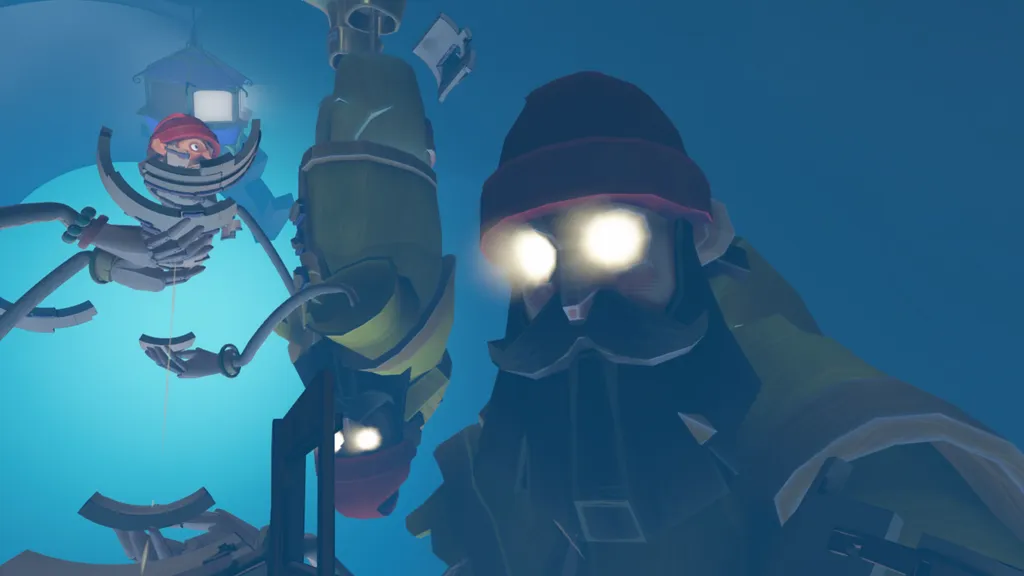Another Fisherman's Tale arrives on Quest 2, PSVR 2 and PC VR today, marking a new installment in the story that began four years ago with A Fisherman's Tale. Does the sequel fare well across tumultuous seas or sink to the bottom of the ocean? Here's our full Another Fisherman's Tale review.
When it released in 2019, A Fisherman's Tale from Innerspace brought a whole new perspective, quite literally at times, to VR puzzle games. Its mind-bending puzzles were the star of the show, backed up by a charming narrative and pleasant visual style. It all came together to form a compelling, if slightly short, campaign. Four years on, Innerspace is back with a sequel, Another Fisherman's Tale, which explores new ground while maintaining some familiar threads from the original.
Platforms: Quest 2, Quest Pro, PSVR 2, PC VR (Review conducted on PSVR 2)
Release Date: Out now
Developer: Innerspace VR
Price: $24.99
Setting Sail
Once again, players will embody the fisherman Bob, this time venturing away from the lighthouse and out to sea for a more pirate-themed adventure. Split into chapters, the game also introduces us to Bob's daughter Nina, who the player occasionally embodies in sequences that sees her reflecting on her family history and her father's seafaring adventures. Without delving too deep into spoiler territory, the narrative plays with concepts of storytelling and memory, using metaphors to blur the lines between fact, fiction, past and present.
It's certainly a more ambitious narrative than the first game, although the jury is out on whether its creative approach to storytelling results in a satisfying conclusion. That said, the dialogue between Bob and Nina is charming and often witty, and the story serves its purpose in justifying the introduction of new areas for Bob to explore.
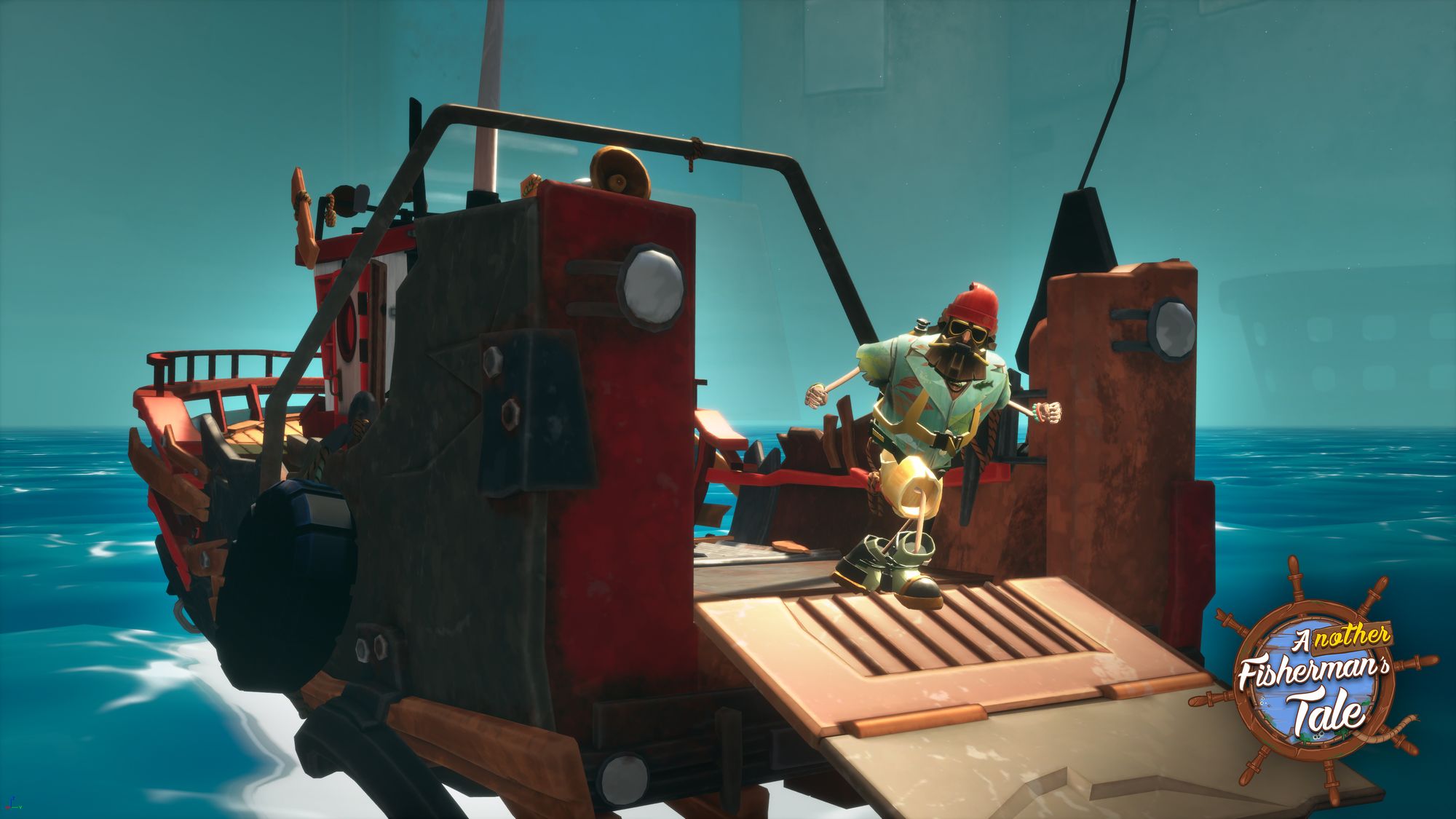
Innerspace also dabbles with more cutscene sequences in Another Fisherman's Tale, where the player becomes a third-person observer of animated vignettes featuring sets and characters that look like model toys. Reminiscent of Gloomy Eyes or Madrid Noir, each sequence is a joy to behold. There's some wonderful cinematic direction on display, using light, movement and scale in a way that feels VR-first by nature.
These cutscenes look especially stunning thanks to the gorgeous art style carried over from the original game, which is expanded out into a wealth of new settings. While the game's visuals are simple in nature (and therefore well-suited to standalone headset systems), Innerspace executes well on creating a distinct style that feels cohesive across each environment.
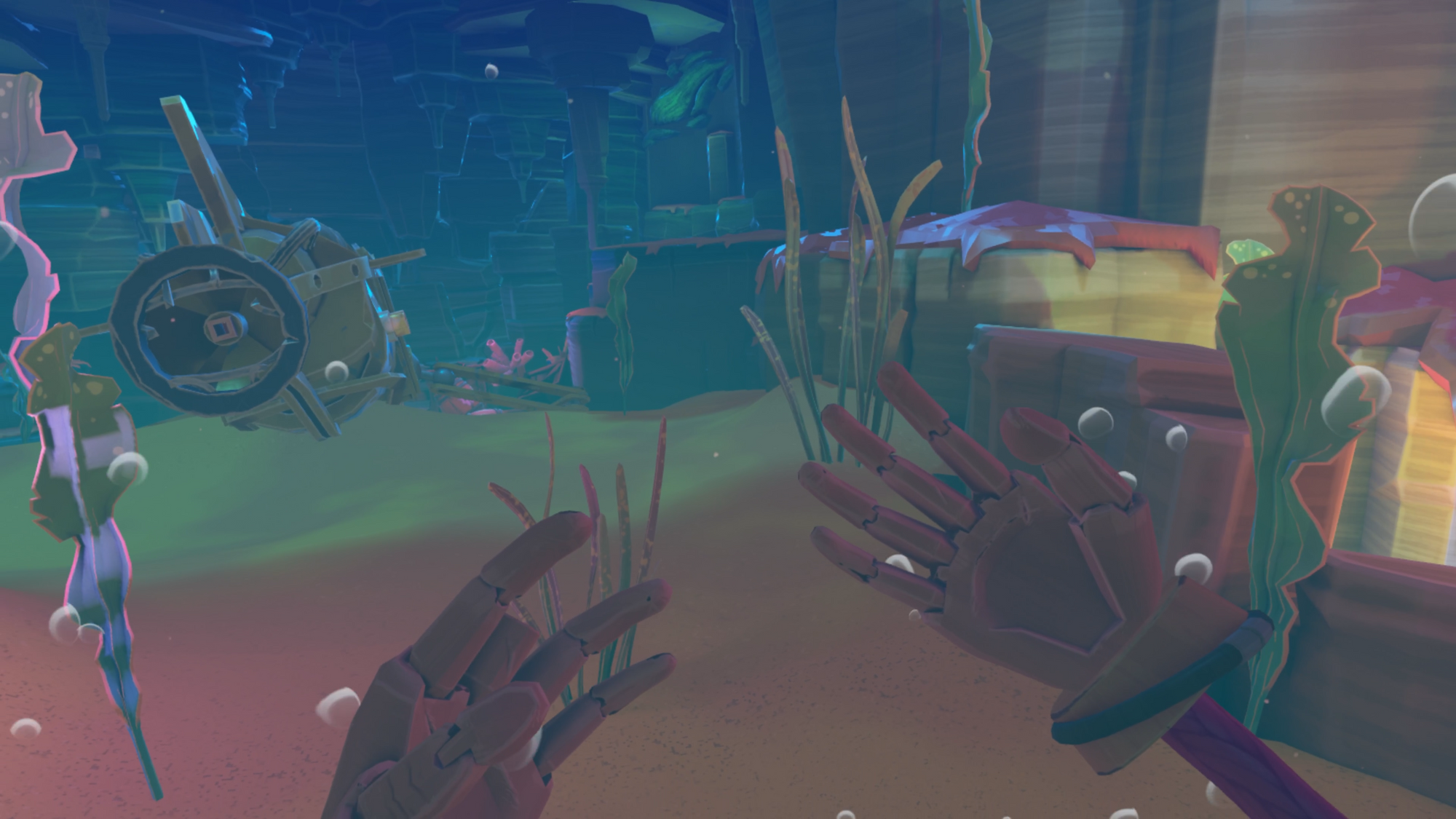
A Wider Scope
That's a good thing too, because there's a lot to explore in Another Fisherman's Tale. In this new adventure, Bob leaves the lighthouse behind and takes to the open seas, offering many more varied environments than the first game. You'll get a little bit of everything here, such as washing up on a deserted island, exploring a giant freight ship, swimming through the depths of the ocean and navigating a sleazy sea creature nightclub.
However, the original game's selling point was the mind-bending puzzles, which bound their most impactful moments to gameplay that was only possible in virtual reality. Luckily, Another Fisherman's Tale doesn't fall for the trap of chasing those same scenarios and creating a Greatest Hits remix of the first game. Innerspace valiantly introduces entirely new mechanics in the sequel, which see them continuing to experiment with the medium in engaging ways.
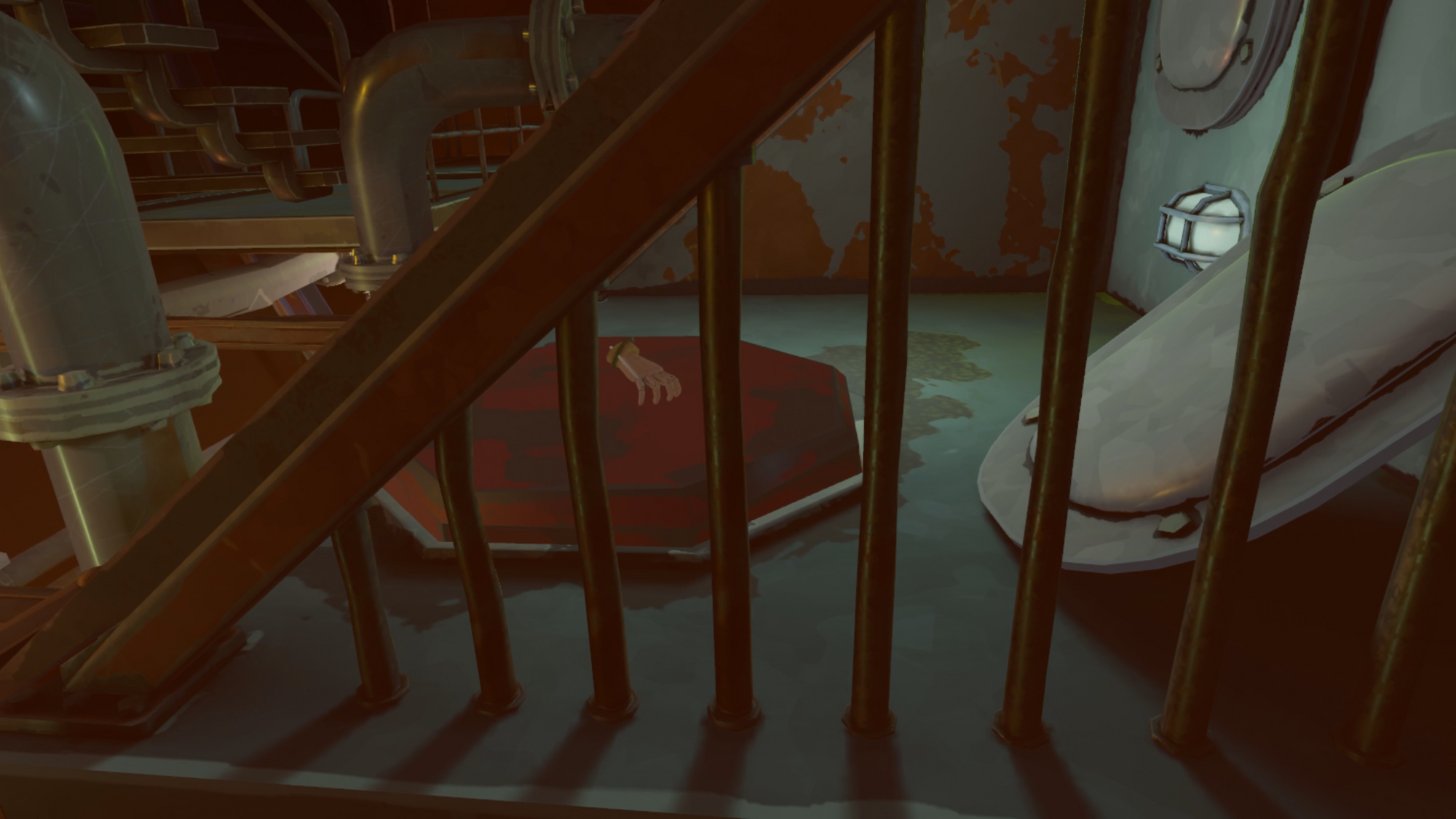
The main mechanical concept introduced in Another Fisherman's Tale is the ability to detach parts of Bob's body and operate them independently around the environment. In its simplest form, this allows the player to aim Bob's hand in any direction and launch it like a projectile, completely detaching it from his arm. Once the hand has landed on the ground, you retain basic movement control and can pilot it around the environment like Thing from The Addams Family. Pressing the controller trigger will move it forward, while direction can be adjusted by physically turning your hand/controller.
Your detachable hand can be directed into small nooks and crannies, pull levers or be shot through windows to explore otherwise-unreachable areas. The hand can also pick up items while detached, which it brings with it when recalled to Bob's body using the grip button.
This forms the basis for a series of body detachment puzzles that Innerspace explores across the entire campaign, slowly developing in complexity and offering new variations over time. You can swap out Bob's regular hands for other varieties as needed, for example. A pirate hook hand can attach to tether points and pull Bob upwards towards them, offering new vertical platforming capabilities, while the crab hand can snip ropes to unlock items or new areas.
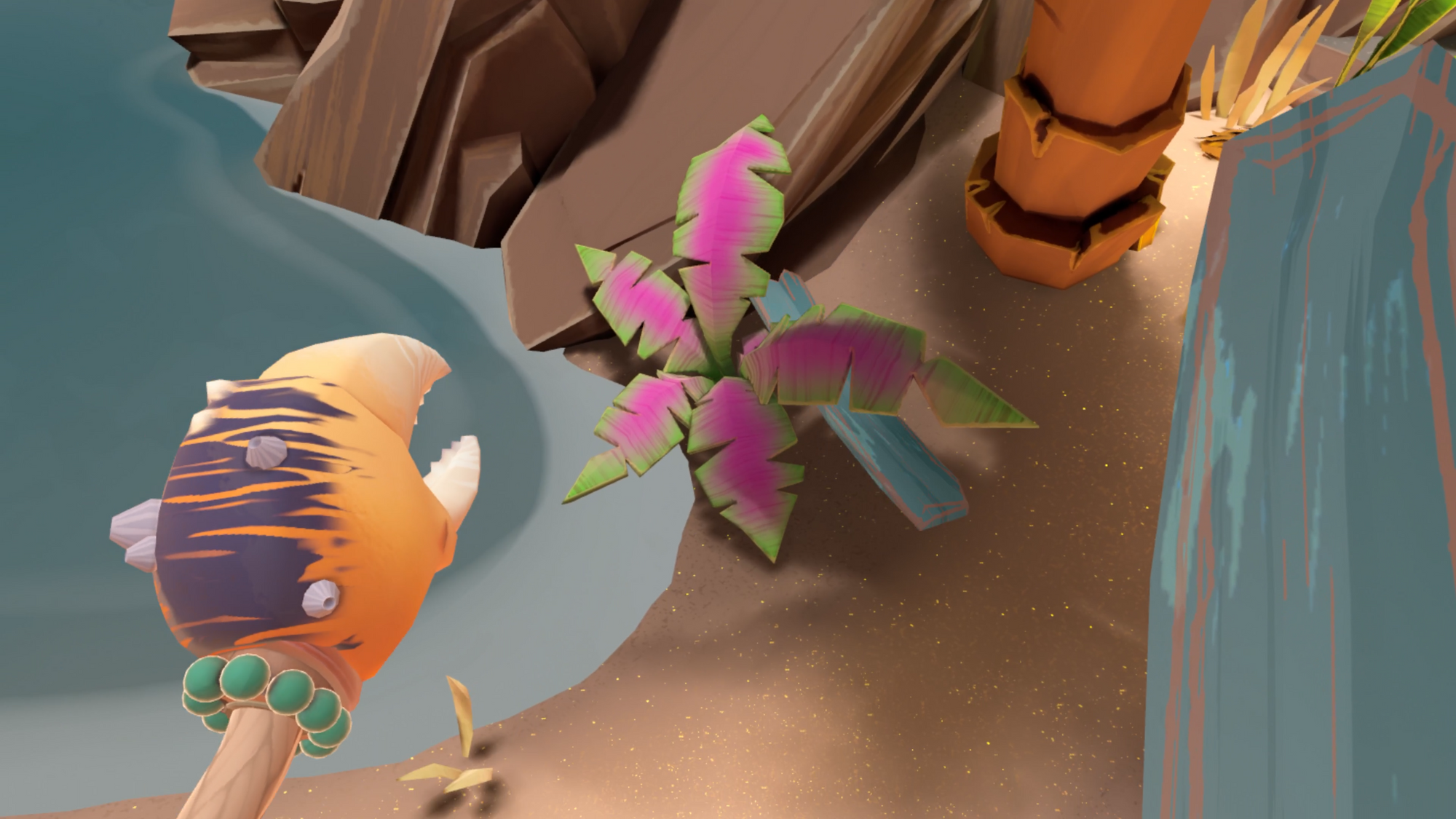
You also gain the ability to detach Bob's head from his body – holding down two controller buttons will wind up a projectile ability that launches your head in whichever direction you aim it towards. This serves two purposes – it lets the player launch their head elsewhere to get a different perspective on an area, but it also allows you to separately control Bob's detached hands and his headless body from a third-person perspective. No matter how many parts you split Bob into, you remain in control of all of them at all times, through a combination of motion controllers and buttons.
This leads to some truly original puzzle scenarios that force you to rethink movement from an entirely new perspective – literally and figuratively. You'll find yourself moving Bob's arms, hands, legs and head all independently of each other, detached and spread across an environment, which often requires a decent amount of coordination.
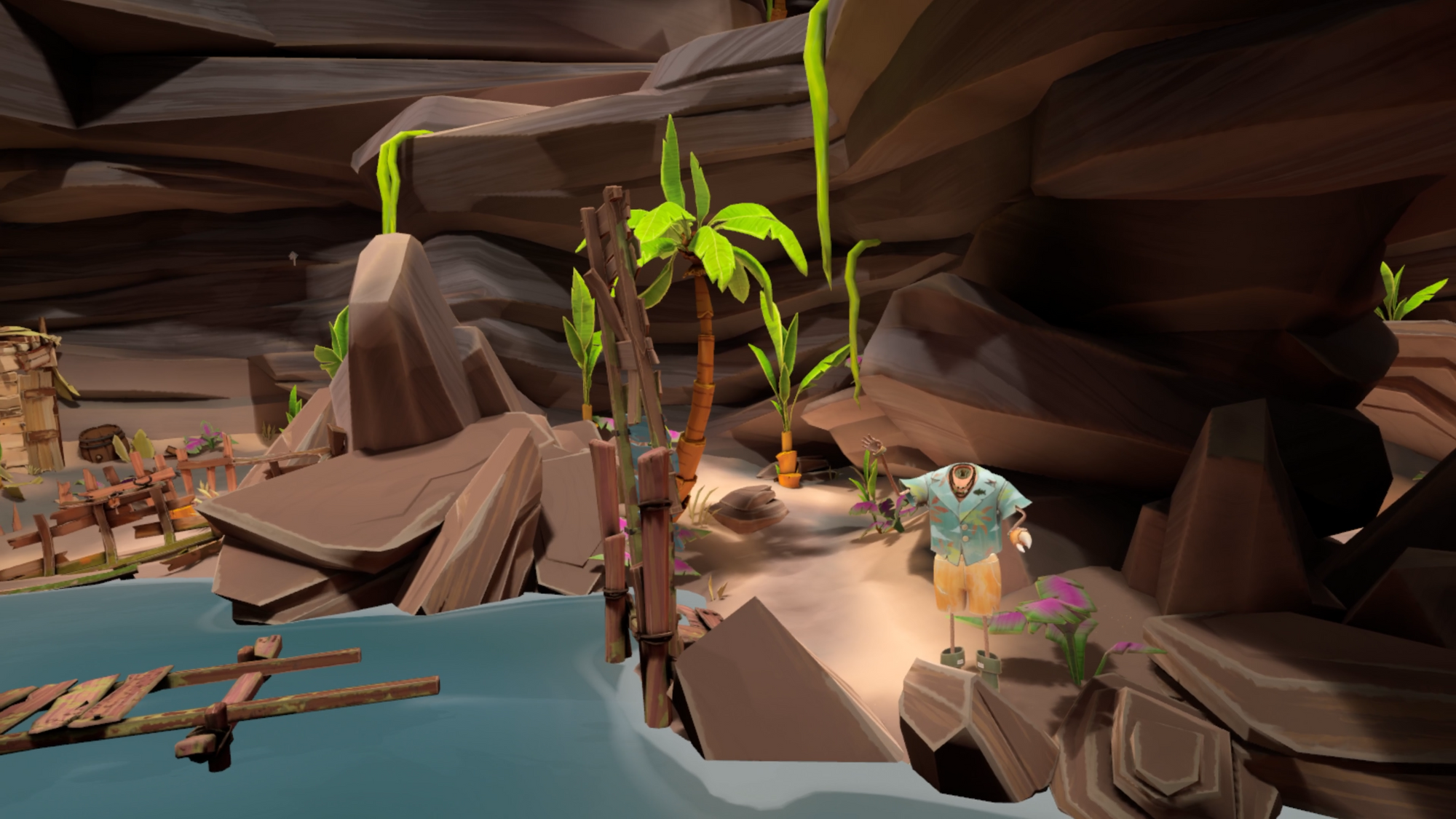
A Few Quirks
For the most part, these new mechanics result in intriguing scenarios with unique interactions, merging first and third-person gameplay into one and the same. However, there are quirks that make all the moving parts a bit overwhelming from time to time. A good example is steering your detached hand, which requires turning your physical hand and controller in the desired direction of movement. Human wrists don't have a full 360-degree range of movement across a horizontal plane though, so sometimes you find yourself twisting your wrist in an uncomfortable direction that makes smooth operation of the detached hand quite difficult.
There are similar issues in the game's underwater sections. These offer more expansive environments to explore via swimming, which adds a new vertical dimension to the movement. However, the swimming controls – a combination of thumbstick acceleration, head direction and arm movements – never feel super intuitive to use. Once you combine underwater movement with the various body detachment mechanics, there are points where it starts to feel little clunky and unwieldy to manage all at once.
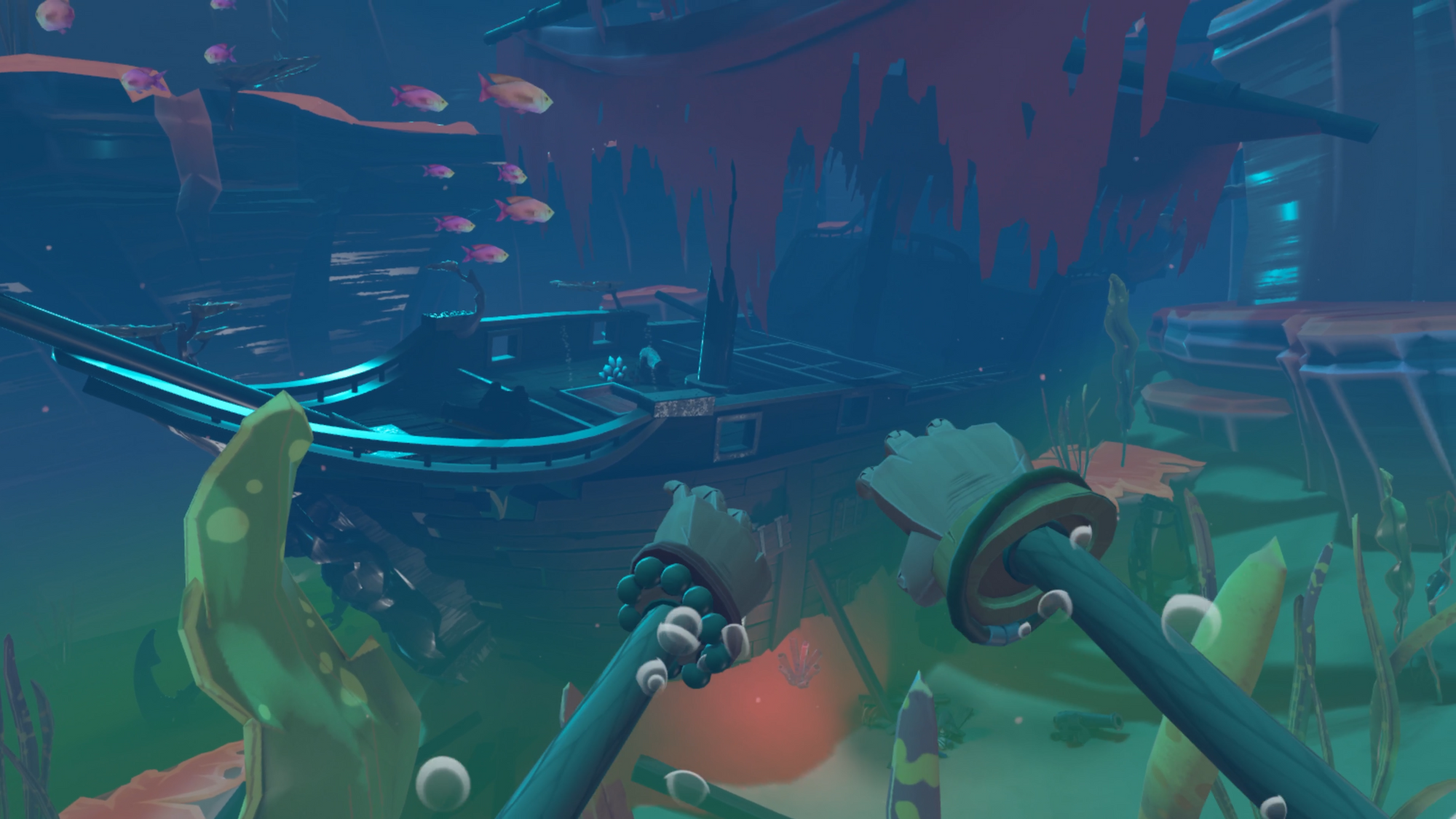
The game takes a big bet on running with the body detachment theme for the entirety of the campaign, basing the vast majority of the puzzles around it. I finished the campaign in about four or five hours. That does make it lengthier than the original and the wider scope is proof of Innerspace stretching its creative legs into new territory. However, about halfway through the campaign, you begin to wonder if Another Fisherman's Tale has already revealed most of its big cards.
A Fisherman's Tale had puzzles that worked on several layers as part of one larger concept, all building towards the big meta puzzle of the lighthouse itself. By contrast, Another Fisherman's Tale trades that for a more linear campaign that peppers variations of its new mechanic across a wider range of environments.
Those mechanics are still incredibly innovative and successfully experimental in how they rethink physicality in VR, but the puzzles that stem from them never quite reach that same mind-bending high as the original. Things begin to feel a little repetitive once you get past the sequel's halfway point and, by the time you get there, it makes the game's big finale sequence feels a little underwhelming as a finisher.
Another Fisherman's Tale Review – Comfort
A Fisherman's Tale supports both artificial stick-based locomotion and teleport movement systems, which can be used interchangeably throughout the game. However, there are some sequences, such as when aboard boats or swimming underwater, where artificial movement features prominently. However, there are a plethora of comfort options available, including vignettes, snap/smoothing turning, head/hand-based locomotion and more.
Some players may also experience feelings of disorientation during sequences where the player detach parts of their body and operate them independently from each other.
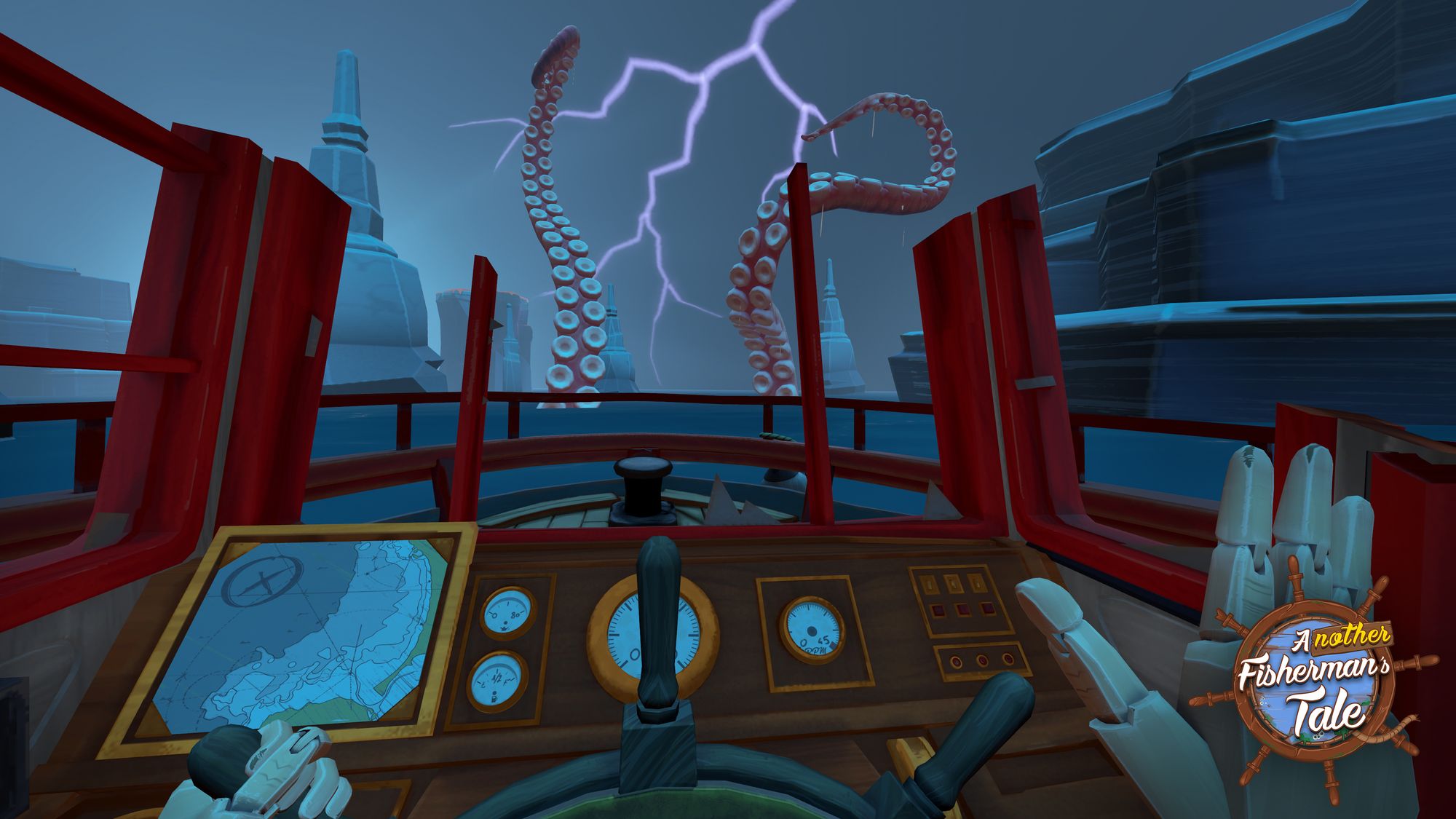
Another Fisherman's Tale Review - Final Verdict
Even if the overall package doesn't always reach the same high bar set by the first game, Innerspace nonetheless presents a worthy sequel in Another Fisherman's Tale. It's a game that successfully shoots for a wider scope, while still experimenting with unique mechanics that engage with virtual reality in exciting new ways. Fans of the original should be pleased with how the sequel develops on its predecessor, while series newcomers might find themselves impressed by the originality on display. For either group, Another Fisherman's Tale comes recommended.

UploadVR focuses on a label system for reviews, rather than a numeric score. Our reviews fall into one of four categories: Essential, Recommended, Avoid and reviews that we leave unlabeled. You can read more about our review guidelines here.
Correction: An earlier version of this review included the incorrect launch price for this game. It is now correct.

